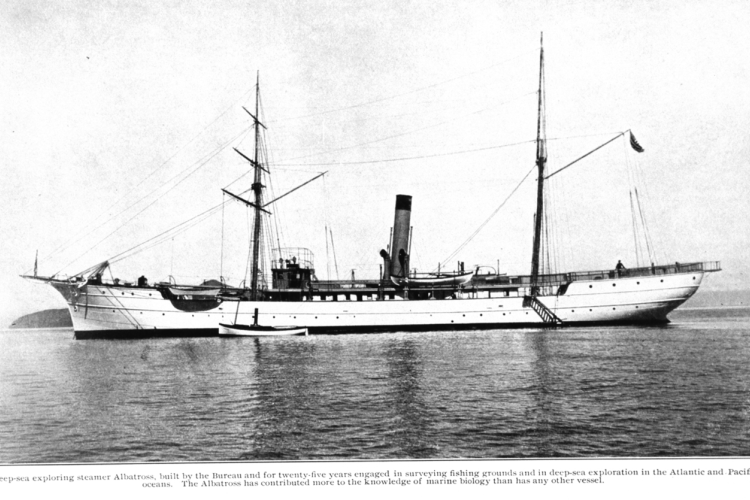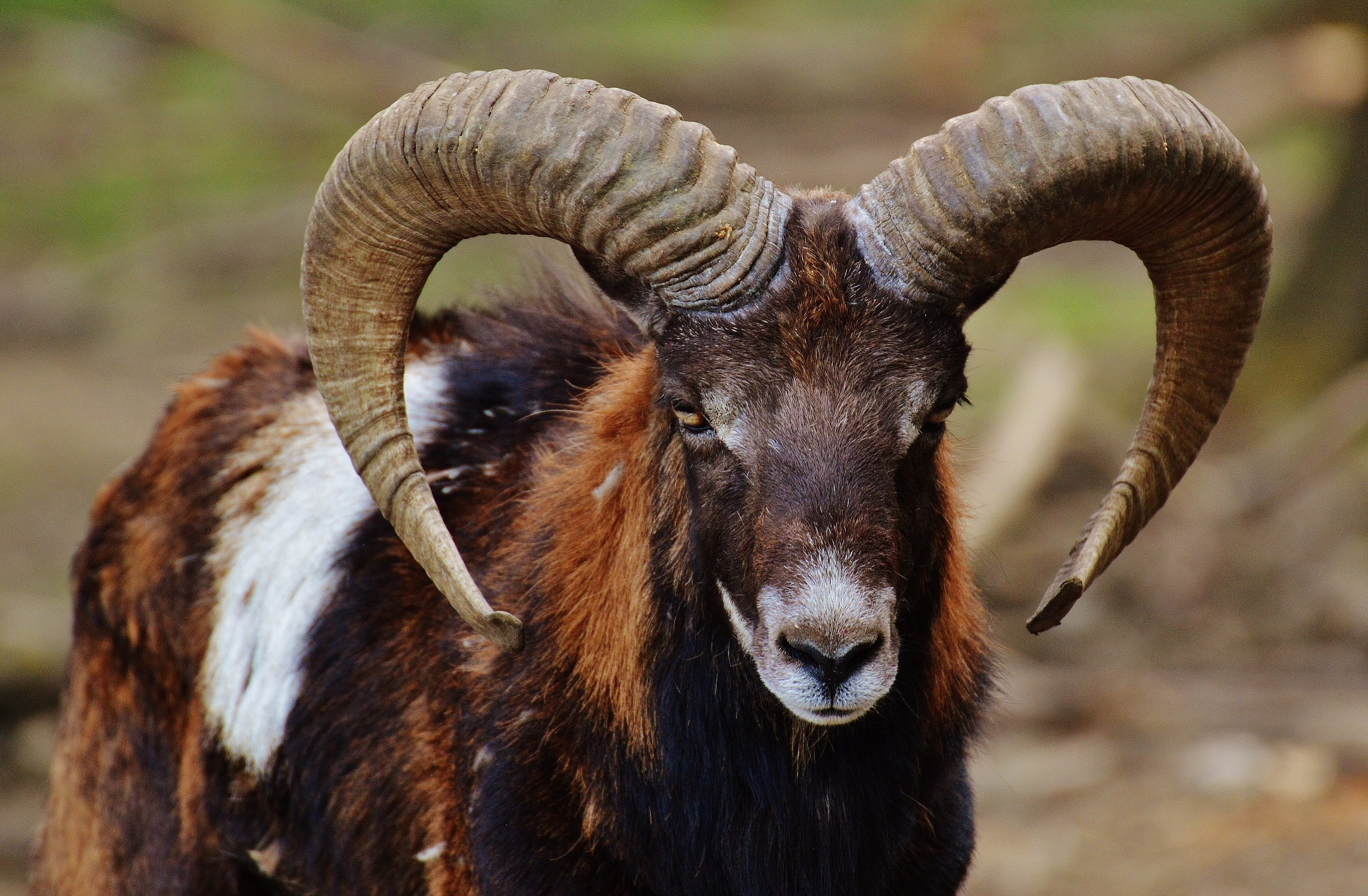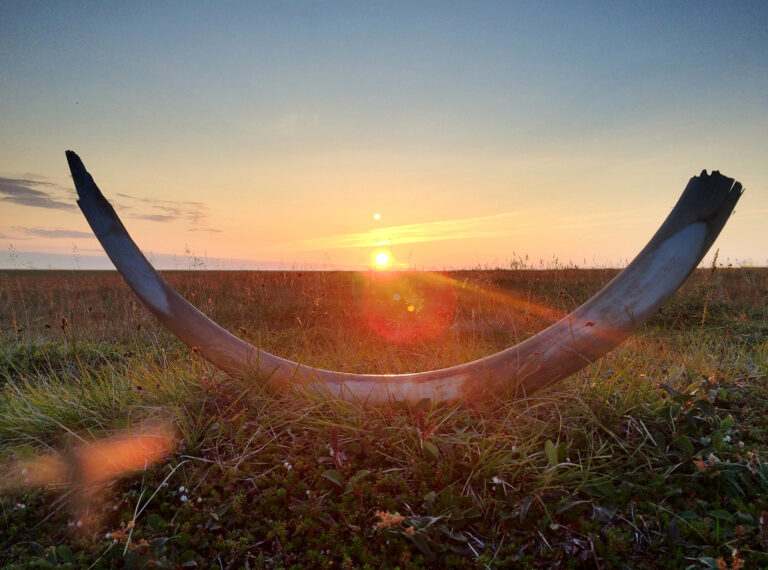Home » Research
Research:
My research focuses on how evolutionary and demographic forces shape an organism’s genome. I combine population genomics, conservation genomics, and palaeogenomics to investigate evolutionary processes through time and space.
Rapid evolution in delicate round herring
The Research Vessel (R/V) Albatross amassed an extensive collection of fish specimens in the Philippines from 1907 to 1909. In a stroke of genious (or sheer luck?), the samples were preserved in highly concentrated rum, resulting in well-preserved DNA even after more than a century.One of the fish species extensively collected during this expedition was the delicate round herring (Spratelloides delicatulus). This species has a short generation time, large population size, and evidence for local adaptation, making it an ideal model to study the mechanisms of genomic change over space and time, and the relationship between these two processes. In this project, I am analyzing genomes from historical and contemporary delicate round herrings from multiple locations to study the genomic architecture of rapid evolution.
This study is part of my postdoc University of California, Santa Cruz at the Global Change Research Group with Malin Pinsky.

Genomics of feralization
Feralization is the process by which domestic species return to a wild-like state. The free-roaming sheep native to Cyprus, Corsica, and Sardinia were introduced by humans over seven thousand years ago and are thought to represent the feral remnants of the earliest domesticated sheep. The long-term survival of these feral sheep indicates that these populations have successfully adapted to the islands, providing an opportunity to study the genomic effects of rapidly changing selective pressures — from wild to tame and back to wild — in three parallel systems.In this project, I am analyzing modern and ancient DNA from woolly and non-woolly sheep, both domestic, feral, and wild. More specifically, I am exploring the demographic history of feral sheep and investigating the genomic signatures of selection, as well as introgression between feral, wild, and domestic sheep lineages. This research will not only provide crucial insights into the early domestication of sheep, but also shed light on the understudied process of feralization.
This project is part of my postdoc with Torsten Günther at the Human Evolution program at Uppsala University, Uppsala, Sweden.

Woolly mammoth extinction dynamics
Small populations are more susceptible to environmental and demographic events, but the extent to which genetic processes contribute to extinction risk has remained largely unexplored. During my PhD, I used the woolly mammoth as a model to study evolutionary processes in small and declining populations. The last mammoth population lived on Wrangel Island, a small mountainous island that was cut off from the Siberian coast due to rising sea levels. The population went extinct after about 6,000 years in isolation, marking the end of the species.We generated whole genomes of individuals spanning the last 50,000 years of the species' extinction to study extinction dynamics in real-time. This research was conducted at the Centre for Palaeogenetics, which is a joint venture between Stockholm University and the Swedish Museum of Natural History and was supervised by Love Dalén. If you are interested, you can find my thesis here: My thesis (link).

